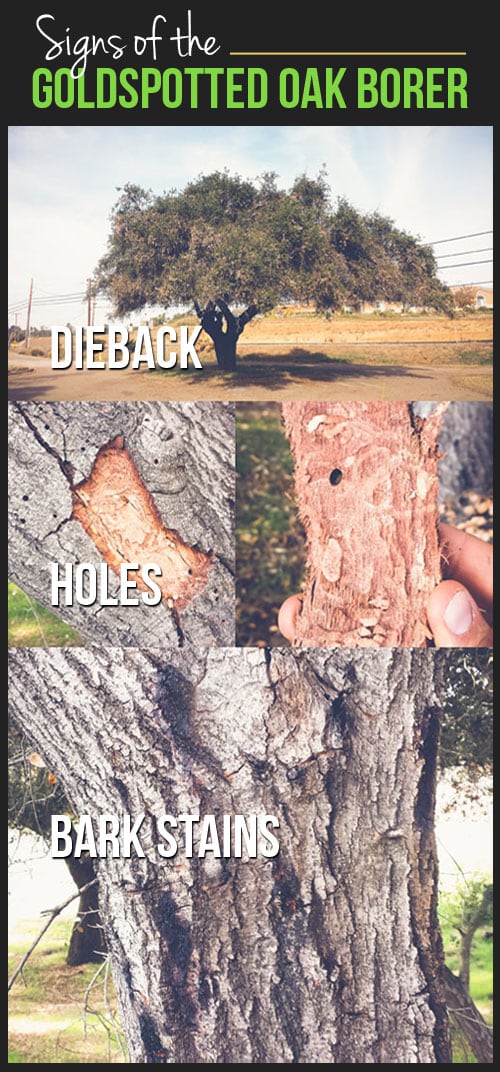Investigate Ways To Sustain A Thriving Landscape After The Removal Of Trees
Investigate Ways To Sustain A Thriving Landscape After The Removal Of Trees
Blog Article
Content Develop By-
When it involves seasonal tree care, guaranteeing correct monitoring prior to and after elimination can significantly influence the wellness and looks of your landscape. By understanding the required actions associated with examining tree wellness and planning for elimination, you can proactively protect your property. However what about the essential methods to comply with once the tree is gone? Keep tuned to find the important post-removal treatment steps that will certainly help you grow a successful and lasting environment for your trees.
Pre-Removal Tree Care
Before dealing with the elimination of a tree, it's vital to focus on pre-removal tree care. Start by analyzing the tree's health and architectural stability. Seek indicators of condition, insect invasions, or any architectural concerns that might pose a security threat throughout removal. It's important to seek advice from a licensed arborist to establish the best course of action.
Pruning dead or unhealthy branches can protect against additional damages to the tree and ensure a smoother removal procedure.
Furthermore, consider the environmental effect of getting rid of the tree. Trees play an essential role in our ecological community, so growing a new tree in an appropriate place can aid counter any type of loss. Make certain that you have the needed licenses and permissions for tree removal, particularly if the tree is secured by regional guidelines.
Seasonal Upkeep Tips
Examining your tree's requirements throughout the year is necessary for its wellness and durability. To keep your trees in leading problem, follow these seasonal maintenance pointers.
In spring, concentrate on trimming to get rid of dead or damaged branches and encourage brand-new growth.
Summer season asks for normal watering, particularly during dry spells, to ensure your tree remains hydrated.
As fall strategies, keep an eye out for very early indications of condition or stress, and consider applying mulch to secure the roots during winter season.
In winter, be cautious when getting rid of snow from branches to stop damage, and remain to monitor your tree's total wellness.
Keep in mind to readjust your treatment regular based on the specific demands of your tree species and regional climate. By staying attentive and positive throughout the seasons, you can help your trees thrive and flourish for many years to find.
Post-Removal Tree Treatment
To ensure the health and wellness of your landscape even after tree elimination, proper post-removal treatment is important. After a tree is gotten rid of, it's critical to fill the continuing to be opening with topsoil and portable it to prevent settling. https://treerootsunderhouse05049.dreamyblogs.com/30635270/the-full-manual-for-tree-debris-management-methods-and-suggestions will aid keep the integrity of the ground and stop possible threats in the future.
Consider growing new greenery in place of the removed tree to bring back the equilibrium and visual appeals of your landscape. Regularly water the location to advertise the growth of new plants and prevent soil erosion.
Evaluate the surrounding trees for any type of signs of illness or stress and anxiety that might have been triggered by the gotten rid of tree. Watch out for insects that could've been brought in to the previous tree and take preventive measures to shield the staying vegetation.
If needed, consult with an expert arborist to examine the impact of the elimination on the bordering trees and establish any kind of added treatment required. By following navigate to this site -removal treatment steps, you can guarantee the continued wellness and beauty of your landscape.
Conclusion
Finally, proactive seasonal tree care is important for maintaining the health and equilibrium of your landscape. By assessing tree wellness, pruning, and seeking advice from an arborist prior to removal, you can make certain a safe process. After elimination, filling the hole, growing new plants, and routine watering will certainly promote new growth and stop erosion. Remember to examine surrounding trees for disease and look for more care actions from an arborist to keep your landscape thriving.
